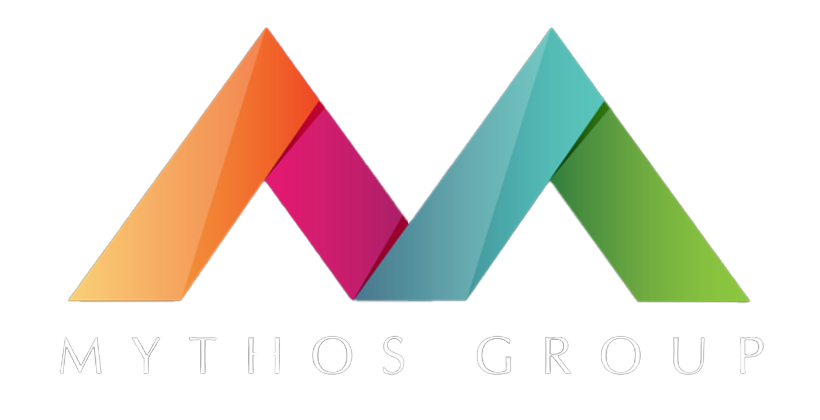It appears that 2023 will continue to be a year of growth for gig workers, and the umbrella of gig work keeps growing as well. When we talk about the gig economy, we now include the following types of workers:[1]
- Freelancers – People who work as writers, graphic designers, performers or the like, selling work or services by the hour, day, job, etc., rather than working on a regular salary basis for one employer – e.g., app developers, illustrators or advertising copywriters.
- Consultants – People who give professional or expert advice – e.g., human resources consultants, IT consultants or boutique consulting firms like Mythos Group.
- Contractors – People who contract to furnish supplies or perform work at a certain price or rate – e.g., online teachers, social media marketers or web developers.
- Professionals – People who belong to one of the professions, especially one of the learned professions – e.g., doctors, lawyers or accountants.
- Temp Workers – People who work as temporary employees – e.g., warehouse workers, retail staff or administrative assistants.
- Executives – A person or group of persons having administrative or supervisory authority in an organization – e.g., chief executive officers (CEOs), executive directors or vice presidents.
- Service Workers – People whose work is performed for remuneration – e.g., delivery drivers, grocery shoppers or dog walkers.
Fiverr (a popular freelancing platform) found that 78% of companies will rely on freelancing in 2023 rather than add staff. And according to MBO Partners, full-time independent workers in the U.S. grew 59%, from 13.6 million in 2020 to 21.6 million in 2022. Upwork found that in addition to full-time gig workers, approximately 60 million people engaged in some type of freelance work in 2022, which contributed $1.35 trillion in U.S. earnings.
What does this mean for corporations? Well, more and more companies will create proprietary freelance positions in 2023. Companies that hadn’t previously ventured into the wide world of contract work will want to capitalize on this growing wave of high-level talent. Hiring a gig worker can be a good way to quickly fill new roles or temporary positions with little to no onboarding, offboarding or training. These skilled workers can help businesses function in the short or long term, while still cutting down on the overall costs and overhead associated with full-time employees. Plus, hiring gig workers can help organizations insulate themselves against economic uncertainty.
Leveraging the gig economy allows an organization to be forward-thinking by giving business leaders and hiring managers access to the best and the brightest workers who possess the exact skills that they might need at any given time. Tapping into the gig economy gives a company a virtually limitless pool of skilled workers even if it doesn’t know it needs them yet. In addition to talent, gig workers can give an organization the freedom and flexibility to pivot quickly if needed.
Many companies have already figured this out. At least 30% of Fortune 500 companies rely on freelance talent. According to A. Team’s 2022 Tech Work Report, 73% of tech companies have teams composed of freelancers and employees, and 71% say that employing gig workers gives their business greater agility in an uncertain economic climate. Fiverr surveyed corporate leaders and also found that 80% said they plan to increase the number of freelance workers during times of uncertainty. Not only do employers feel more secure working with gig workers, but the gig workers do too. The Harvard Business Review reported that nearly 70% of workers surveyed said that they felt, “more secure working independently.”
Workers in the tech industry have long embraced independent contractors and continue to do so. Meta, the company formerly known as Facebook, is one of the leading employers of gig workers who work in many different positions at Meta’s family of companies, including Facebook, Instagram and WhatsApp. VIQ Solutions, Collabera, GoPro and Pepper Content also rely on freelancers to carry out day-to-day operations at their organizations.
In the consumer goods category, Walmart, one of the biggest private employers in the world, is known for its freelance opportunities. According to Startup Talky, analysts, content designers, marketers and tech support staff are all positions that are frequently filled by gig workers. Nintendo, the multinational consumer electronics company also frequently hires freelance tech workers for game development, game design and game testing on their popular video game titles.
In fact, it’s hard to find a business in any industry that has not integrated gig workers into its everyday business functions. The healthcare, education, travel, logistics and finance industries are all leveraging the gig economy right now. Virtually any company that has a need for writers, marketers, web developers, app developers, project managers, designers or analysts is likely looking for freelance talent. As we continue to see volatility in the markets and economic uncertainty on the horizon, it’s no wonder that gig workers are feeling more secure in their freelance positions than they would at a traditional 9 to 5 job.
It’s important to note here that the freelance community is not an entirely separate entity from corporate employees. In fact, research demonstrates that 45% of U.S. employees have a side gig, usually fueled by feeling underappreciated at their 9-to-5 job. Therefore, as freelance and self-employed positions become more and more feasible, there’s a greater risk of unsatisfied employees leaving their corporate positions to take their side hustles full time. This again gives a sense of security to workers who may fear layoffs on the horizon.
According to Statista, almost half of the American workforce, or roughly 86.5 million workers, could be freelancers by the year 2027. Siteefy shows that number growing to 90.1 million in 2028. To ensure that you don’t lose your valuable full-time workers to the freelance revolution, companies should ensure that their employees feel valued, cared for and respected. The three trends we’ve already discussed – hybrid work, shorter workweeks and a focus on worker wellness – can go far when it comes to talent retention as well as attracting skilled freelancers, consultants and independent contractors.
If you’re looking to hire freelancers, but you don’t know where to start, there are numerous freelance platforms that can help you find the right gig worker for your organization. A simple search on websites like Upwork, Fiverr, Freelancer, LinkedIn, Taskrabbit, Indeed, ZipRecruiter, FlexJobs or Jooble will likely turn up many qualified applicants for any position. Many freelance websites take their cut from the money that the freelancers make as well as charging a fee to the buyer. Sharing these fees with the seller of the services can make it less expensive for companies to hire workers from these platforms compared to traditional staffing agencies who only charge the companies that are hiring. By some estimates, companies can hire freelance workers from freelance platforms at a third of the cost of traditional temp agencies.
To find out how your company could benefit from leveraging the gig economy, contact us. Our business strategists can help you maximize efficiency and profitability through organizational transformations.
[1] Definitions sourced from dictionary.com.



